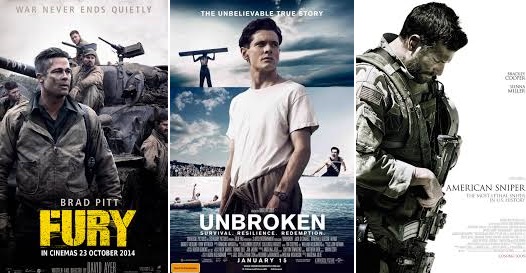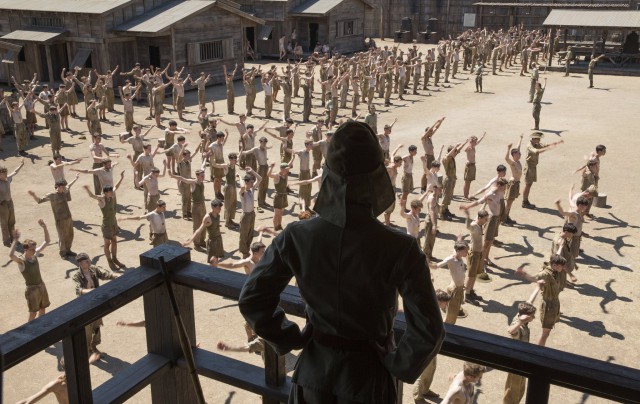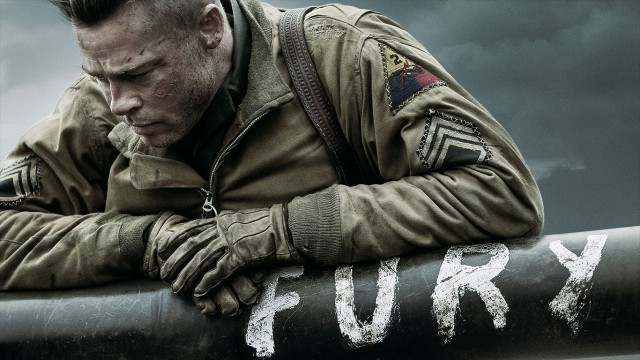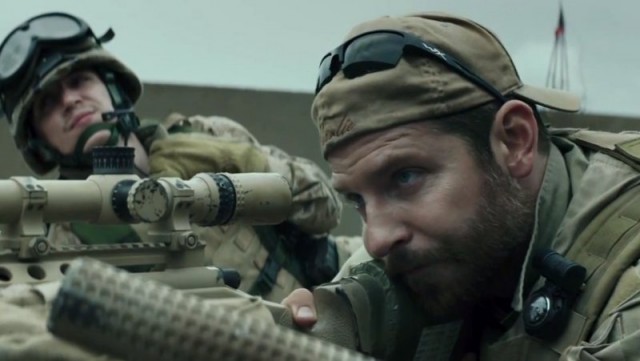The war film wave has been in existence ever since movie makers have decided wars were a theme interesting to be portrayed on films but time and again, there are those points when it pulses stronger creating a new reverberation with the moviegoers. Just like now.
Looking back in the late 1980s, the decade was gripped with a string of war movies about the Vietnam War with the showing of Casualties of War, Full Metal jacket and Platoon. Filmmakers made the movies out of their own contemplation on the aftermath of the said conflict and with the movies showing, the public did the same.
A decade later, the war film wave rose again, that time, with a string of movies featuring band of men and women came to be known as the “Greatest Generation” — the ones who fought in the Second World War. Baby boomers equally made and supported movies like The English Patient, Thin Red Line and the well-loved Saving Private Ryan.
Now, with the recent release and success of WWII films Fury, Unbroken and American Sniper, war-themed motion pictures have again proven that they never go out of meaning. The war film wave, again, ascends anew.
Unbroken is the Angelina Jolie directed WWII movie which focuses on the life of Louis Zamperini, a WWII veteran who was a POW of Japan throughout the Second World War. The movie got the third-highest Christmas opening day ever when it was released December last year and went on to gross $47.3 million throughout the four-day weekend of the holidays.
Though movie critics were divided on their thoughts about it, some saying it’s an inspiring and dutiful story while others criticizing it for for being a debilitating picture of one man in the war, moviegoers who have seen the movie had given it a cinema score of A-minus which obviously shows that humans are still moved by tales showing pure determination and grit.
On the other hand, Fury was released much earlier last year, a film of less drama and packed more with WWII action. Ironically, the movie starred Jolie’s other half, Hollywood A-lister Brad Pitt. And in spite of getting a R-rating for strong violence and some grisly images as well as a number of bland reviews from critics, Fury was a solid box-office performer, in part, due to its star-studded cast.
Then came Clint Eastwood’s American Sniper, the tale of late Navy SEAL and proclaimed most lethal sniper in American military history Chris Kyle [portrayed by Bradley Cooper]. When released, the movie had mostly positive reviews in its sleeve topped with an A+ CinemaScore.
While it is difficult to pinpoint the specifics which make these kinds of movies, especially those dealing with certain periods in history, tick, we can see several aspects at play here.
For the American Sniper – like its counterparts Lone Survivor, Zero Dark Thirty and The Hurt Locker, all of which have enjoyed their own successes in the past years – it is the factor that the film deals with this world’s current state of affairs that make it click with movie watchers.
Meanwhile, war films dealing with certain periods of time, like Unbroken, have the same appeal but used in a varied approach — these movies help us gain more understanding on how modern warfare started. They are our glimpses of our past which allow us to see the heavier conflicts we have at present.
Besides, there is something moving, cathartic even, in watching these war films. They give us a look at humanity even in the midst of war though conflicts are more complicated and more grisly than these movies, even the most sophisticated ones, show.



